How to position the TV in the living room?
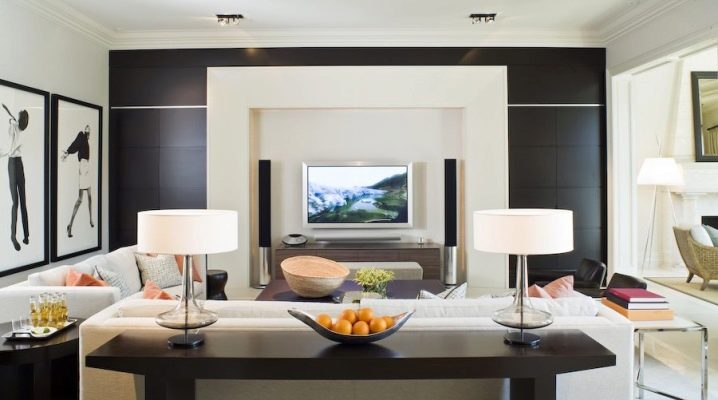
A well-made and thought-out living room is a rarity these days. It should be a place of rest, and most often a family one. And now it is difficult to imagine a living room without a TV, because someone likes to watch movies or programs, someone listens to music and watch videos, or there may be fans in the family to play consoles.
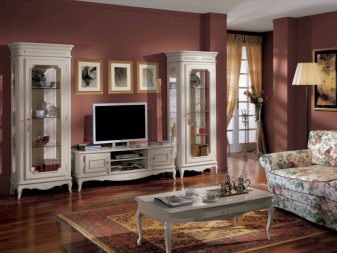
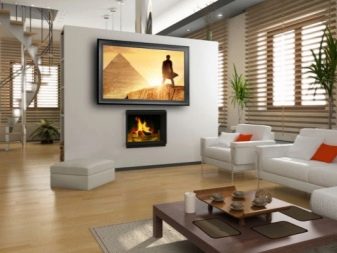
For all these purposes, a TV is needed. And its correct placement is not an easy task. Often the location of the TV depends not only on the desire to place it in a certain place. The TV must complement the interior correctly. After all, TV, like any element of decor, can easily spoil the design of the room as a whole.
Peculiarities
There are certain rules for placing a TV in the living room:
- the TV should not be either near or in front of the window;
- The TV should not stand in the place of direct sunlight;
- the height of its location should not be higher than the height of a person;
- the distance from the viewing place to the TV itself must be at least three times its diagonal;
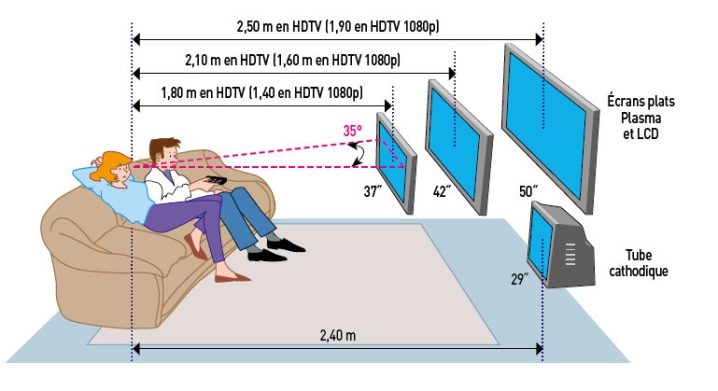
- if the TV is hanging on the wall or mounted in it, then the structure must withstand the weight of both the TV itself and the system that holds it;
- when dividing the living room into zones, the TV should be located exactly in the part that will be adapted for relaxation;
- large, voluminous TVs are usually placed on pedestals or stands, while plasma is usually hung on brackets or inserted into a certain niche to emphasize a modern interior;
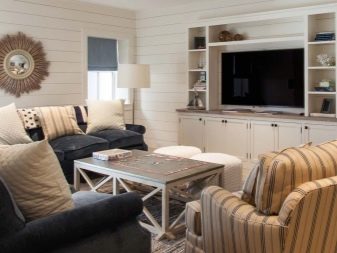
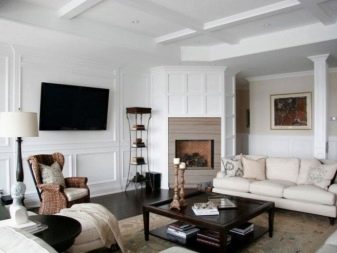
- the dimensions of the TV must correspond to the dimensions of the room. A small TV can simply get lost in a large room, while a large one will eat up space in a small room;
- the decoration of the room should not interfere with watching TV;
- the TV should be as close to the wall as possible so as not to strain the eyes and cause headaches.

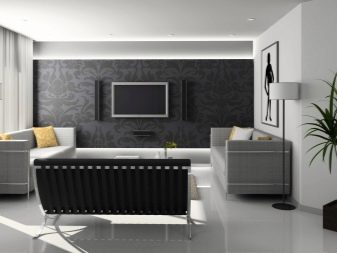
Location options
The TV should not be the main element of the living room, there should be no TV zone, and it should not stand out. Often, when buying a modern plasma or LCD monitor, many do not think that it will not fit into the existing design of the room. And in pursuit of a larger diagonal, you can forget that such a monitor can simply stand up and take up a lot of space that was free before it. Therefore, it is necessary to position any monitor competently and wisely.

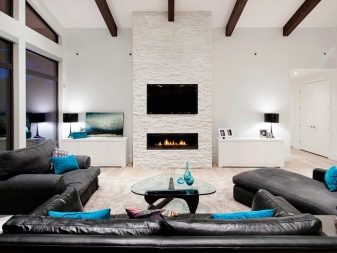
Before buying a TV, you need to think about some things:
- which wall of the room will the TV look best against;
- Which diagonal TV will fit perfectly into the interior;
- where and how to arrange chairs or a sofa so that it can be clearly seen;
- the main style and main color scheme of the living room.
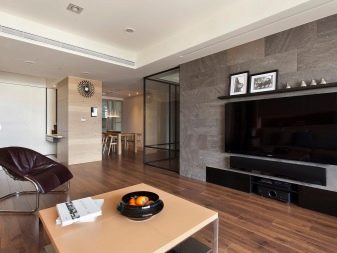
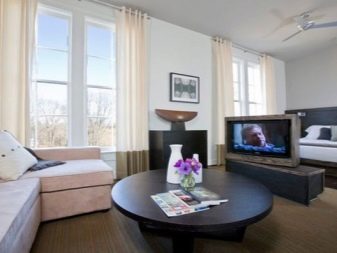
For the most part, TVs are produced in black. Well they will be in harmony with almost all types of interiors. The main thing is that the TV does not look detached from the interior.
It is often possible to choose a TV color that matches the basic colors of the room design. This option allows you not to highlight anything in the room, it will be combined with all the decor elements and create a feeling of comfort and relaxation.


Nowadays, TV is often built into a drywall niche. You can insert a panel into the niche itself, as well as equip additional lighting in soft colors to watch movies and programs not in the dark, but also without the main color turned on.
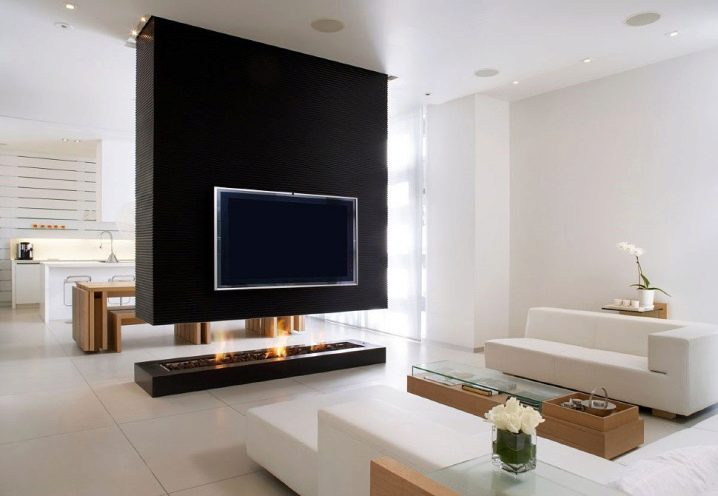
Wall decoration and background
Since the TV must be against the wall, it must be combined with it.And if the renovation in the room is just beginning, then you can think over in advance the options for how to properly arrange the wall for the TV that you see as the best option for the hall. Now we will consider the main types of wall decoration:
- Wallpaper. They allow not only to cover the entire space from floor to ceiling, but also to highlight the required area. For example, using patchwork around the screen, you can create a specific pattern or decorate the wall with posters of your favorite characters. Also popular are wall murals on the wall where the TV will be located.

- Painted walls. This option allows you to choose any color and shade for the wall. This is a very popular finishing method. A combination of colors is often used, but in the area next to the TV, bright and warm colors are predominantly used. Also, with the help of drawn figures or images, you can decorate the outline of the TV as it suits you.
- Plastered wall. There is a huge selection of different plasters. You can create embossed walls, or you can create a division into zones when using different types of such material.
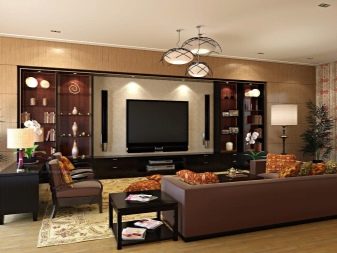
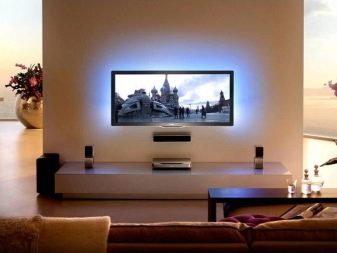
- Walls with bamboo canvases. Such decorative elements allow you to create an atmosphere of interconnection with nature. Only light TVs are suitable for such walls, dark ones will stand out too much and look unnatural.
- Walls with textile elements. The use of different fabrics on the walls adds coziness to the rooms. This can be used to create contrast between the wall and the TV.
- Brick or stone walls. With such walls, a fireplace is often used as an element of the interior. When sharing a fireplace and TV in the same room, you need to know that they should not distract from each other.
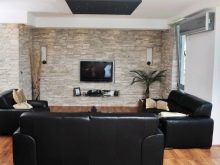
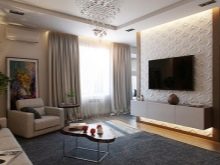

Often, the wall that houses the TV is the main wall of the living room. Therefore, the design of the entire wall must be approached responsibly. Usually the TV wall is decorated. The color of the wall should be calm and bright: ivory, cream, chocolate.
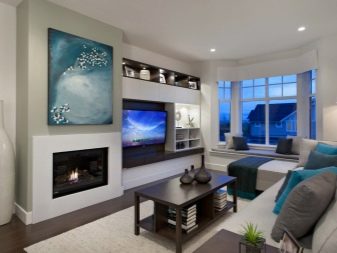
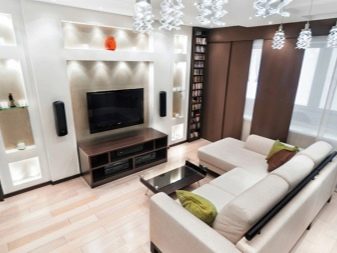
It must be remembered that it is undesirable to place the TV near light sources or heating elements. Also, you cannot put a TV and a real fireplace next to it. But you can combine a TV with an artificial fireplace on one wall. Often there is a TV on one half of the wall, closer to the corner, and a fireplace on the other half of the wall. This is how the living room is divided into two parts of the rest.
Mounting methods
Mounting the TV to the wall saves space in the room.
Before installing the TV on the wall, you need to prepare:
- you need to know at what height the TV should be located;
- arrange the mounts so that there is a gap between the TV and the wall for air circulation and preventing overheating;
- know that you cannot hang plasma on drywall. Drywall will not support this weight.
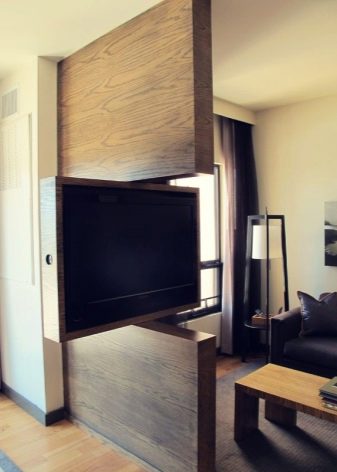
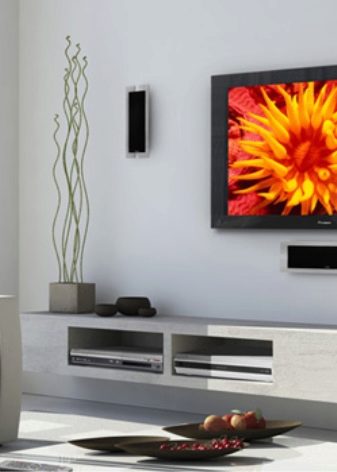
The monitor is mounted to the wall with a bracket.
There are three bracket options:
- Hard. They are characterized by fixing the monitor in such a way that it cannot be tilted in any way;
- Inclined. Such brackets allow you to change the tilt of the monitor in one plane within 20 degrees;
- Inclined - swivel. The most expensive type of fastening. Allows you to adjust the tilt in two planes, while having a large tilt and swivel angle.
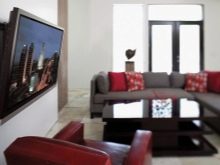

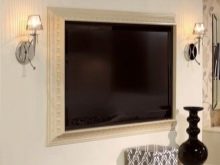
Beautiful examples in the interior
Many designs can be used as an additional decoration for the TV:
- Racks or niches. Most often they are located on the sides of the monitor. The niches contain both decorative elements and additional attributes that are necessary. These include DVD players, sound systems, or game consoles;
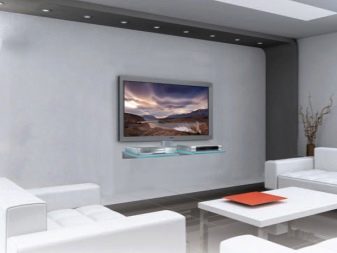
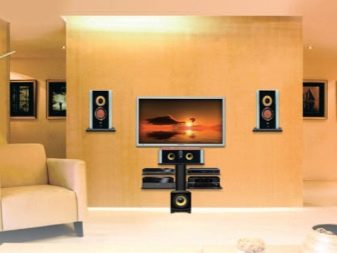
- Shelves. With their help, you can perfectly close bare walls. They can cover at least the entire space of the wall around the TV;
- Arches. The use of arches is characteristic of such a style as minimalism. Often the TV is located in an arch specially made for it, which gives it a special beauty.It also gives the feeling of a portal and a kind of 3D;
- Modular walls. They allow you to decorate the entire wall at once in a single style. Any technique in such modules looks very organic.
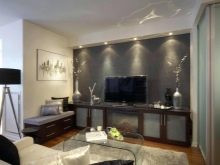
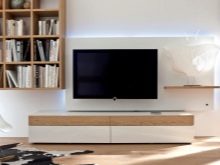
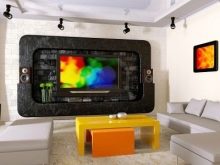
Modern technologies make it possible to bring any ideas to life with the help of various decorative elements. You can combine old styles with fresh trends of the time.
For information on how to position the TV in the living room, see the next video.













The comment was sent successfully.